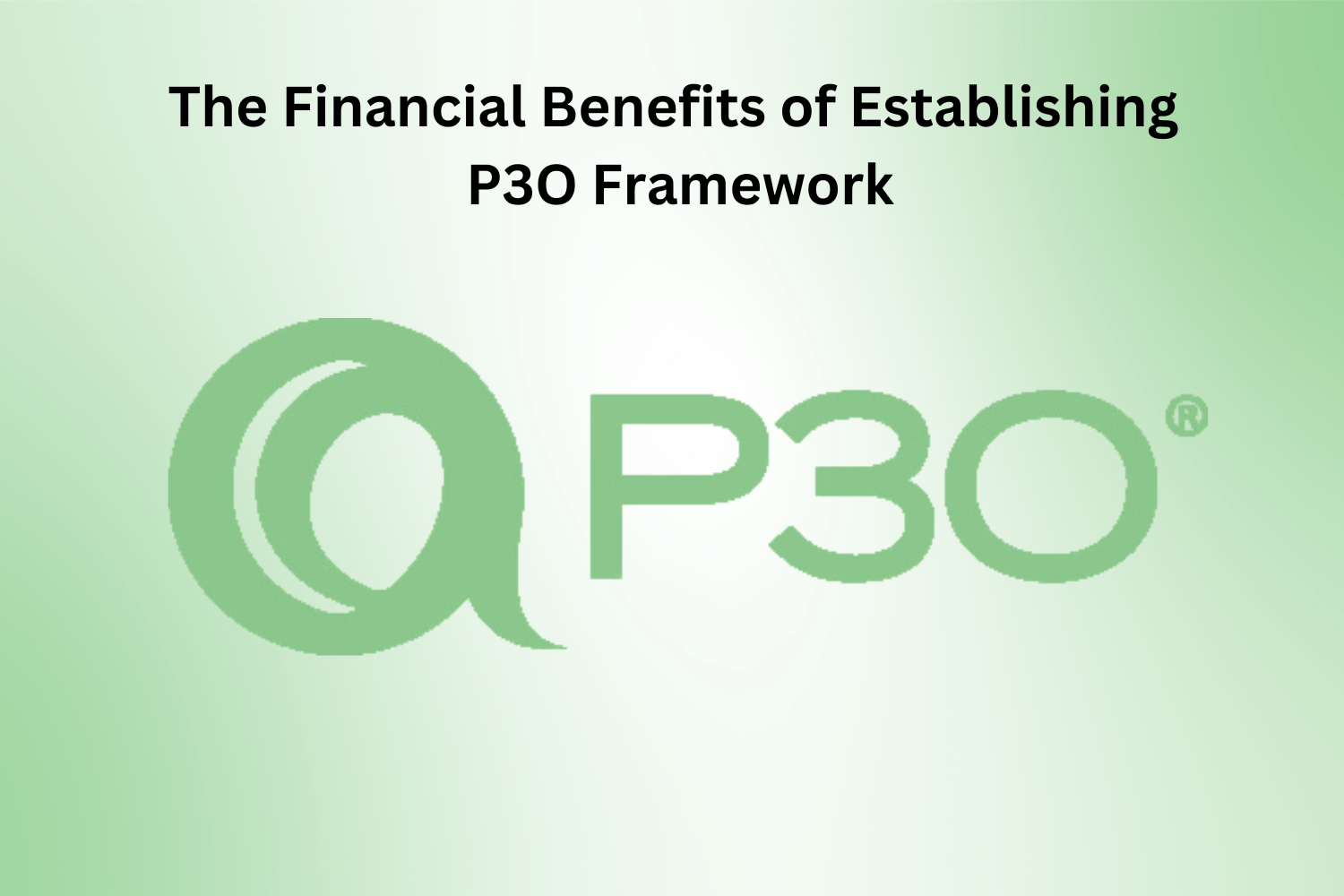Organisations are under increasing pressure to complete projects on time within financial limits. Creating a Portfolio, Programme, and Project Office (P3O) can substantially increase returns on investment and streamline financial performance. P3O® Training offers professionals a better understanding of the methodology and its benefits.
This blog discusses the financial Benefits of P3O of implementing a P3O methodology in your organisation.
Advantages of Implementing P3O
Improved Resource Allocation and Utilisation
Organisations may use a P3O to strategically distribute resources across portfolios, initiatives, and projects, enabling centralised resource management. By prioritising resource allocation based on strategic objectives, critical priorities, and resource availability, organisations can optimise resource utilisation.
This simplified approach to resource management minimises resource disputes and prevents excessive expenses associated with overallocation or underutilisation. By increasing productivity, decreasing waste, and optimising resource value, it lowers costs and improves financial performance.
Enhanced Cost Control and Budget Management
Successful project delivery and organisational success depend on effective cost control and budget management strategies. Strong budgetary controls, cost monitoring tools, and financial governance processes offered by a P3O help organisations keep tabs on project expenses, proactively manage their budgets, and spot cost variations early in the project lifecycle.
Organisations can reduce financial risks, make informed decisions, and guarantee that projects stay within budgetary constraints by utilising the cost forecasting, budget tracking, and financial reporting capabilities offered by the P3O framework. This ultimately leads to a decrease in project overruns and an optimisation of cost-effectiveness.
Efficient Risk Management
Risk management is an essential component of project and portfolio management. It assists organisations in identifying and evaluating risks at the earlier stage of the project. Also, mitigating the risks could impact project success and financial performance. Organisations can effectively conduct risk analysis using risk management techniques and risk assessment approaches.
A P3O framework empowers organisations to proactively detect and handle programme, project, and portfolio risks. Organisations can reduce the possibility of expensive disruptions or failures by minimising risks early in the project lifecycle. This will preserve financial investments and project outcomes.
Standardised Processes and Best Practices
A P3O sets standardised methodologies and best practices for project, programme, and portfolio management. It helps to ensure consistency and quality across initiatives. By implementing standardised processes, organisations can increase overall project management maturity and decrease rework and duplication of effort. It results in improved project delivery predictability.
This standardised strategy includes project governance frameworks, stage-gate reviews, performance indicators, and reporting standards. Through better project performance and delivery excellence, it reduces costs, boosts operational efficiency, and increases project success rates, all of which have a positive financial impact.
Enhanced Stakeholder Engagement
Project and portfolio management success depends heavily on effective stakeholder involvement and alignment. Through open communication, effective stakeholder management techniques, and participation in decision-making procedures, a P3O promotes stakeholder engagement. Organisations may improve stakeholder satisfaction and establish credibility and trust.
Obtain continued financing and support for projects and programmes by proactively engaging stakeholders, attending to their expectations, and matching project outputs with their needs and priorities. Through ongoing stakeholder support and participation, this stakeholder-centric approach promotes strong relationships with stakeholders, helps projects succeed, and eventually generates financial rewards.
Improved Portfolio Management
A P3O framework aids organisations in enhancing portfolio management and prioritising projects. It helps make strategic investment decisions and maximises performance by aligning resources with strategic objectives. The framework also assesses portfolio performance against key metrics and KPIs and conducts portfolio reviews and governance activities.
This strategic approach to portfolio management can help organisations maximise resource allocation, reduce project redundancies, and improve portfolio ROI. It also leads to more excellent portfolio performance and strategy alignment, which generates financial benefits.
Ongoing Improvement and Learning
Through the promotion of information sharing, lessons learned, and best practices across projects and programmes, a P3O helps organisations develop a culture of continuous improvement and learning. Organisations may strengthen project delivery capabilities, spot possibilities for innovation, and promote continuous process improvement by gathering and sharing project insights, success stories, and areas for development.
Through enhanced project outcomes and organisational performance, this constant learning cycle helps organisations adapt to shifting market dynamics, customer wants, and technology improvements, spurring innovation, boosting competitiveness, and generating financial rewards.
Conclusion
Organisations looking to maximise returns on investment, optimise project execution, and accomplish strategic goals can reap various financial advantages by setting up a P3O (Portfolio, Programme, and Project Office).
